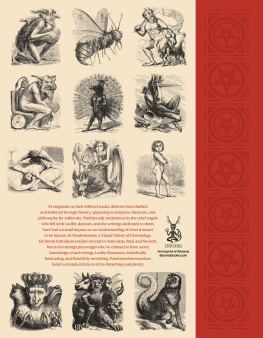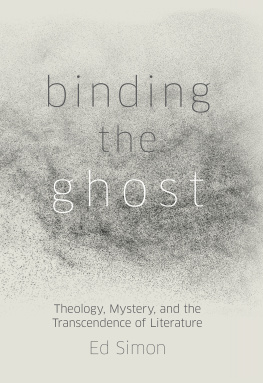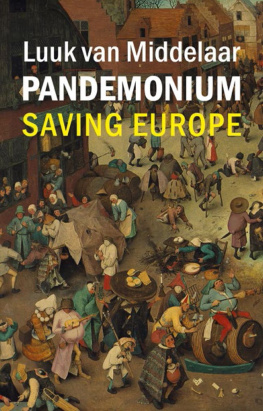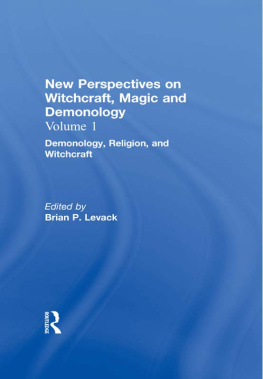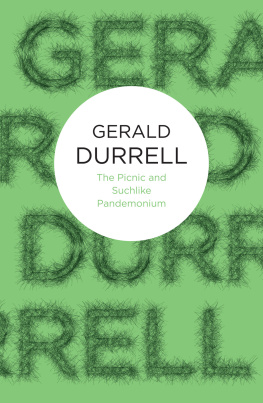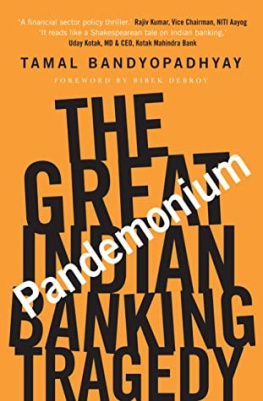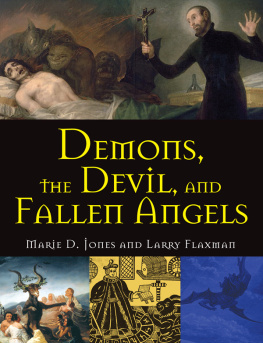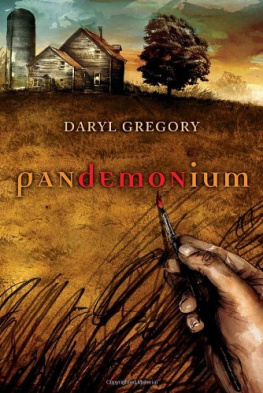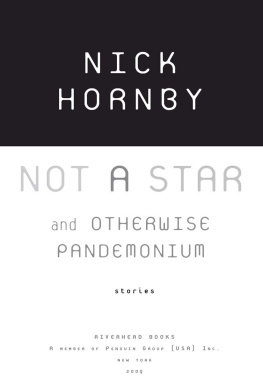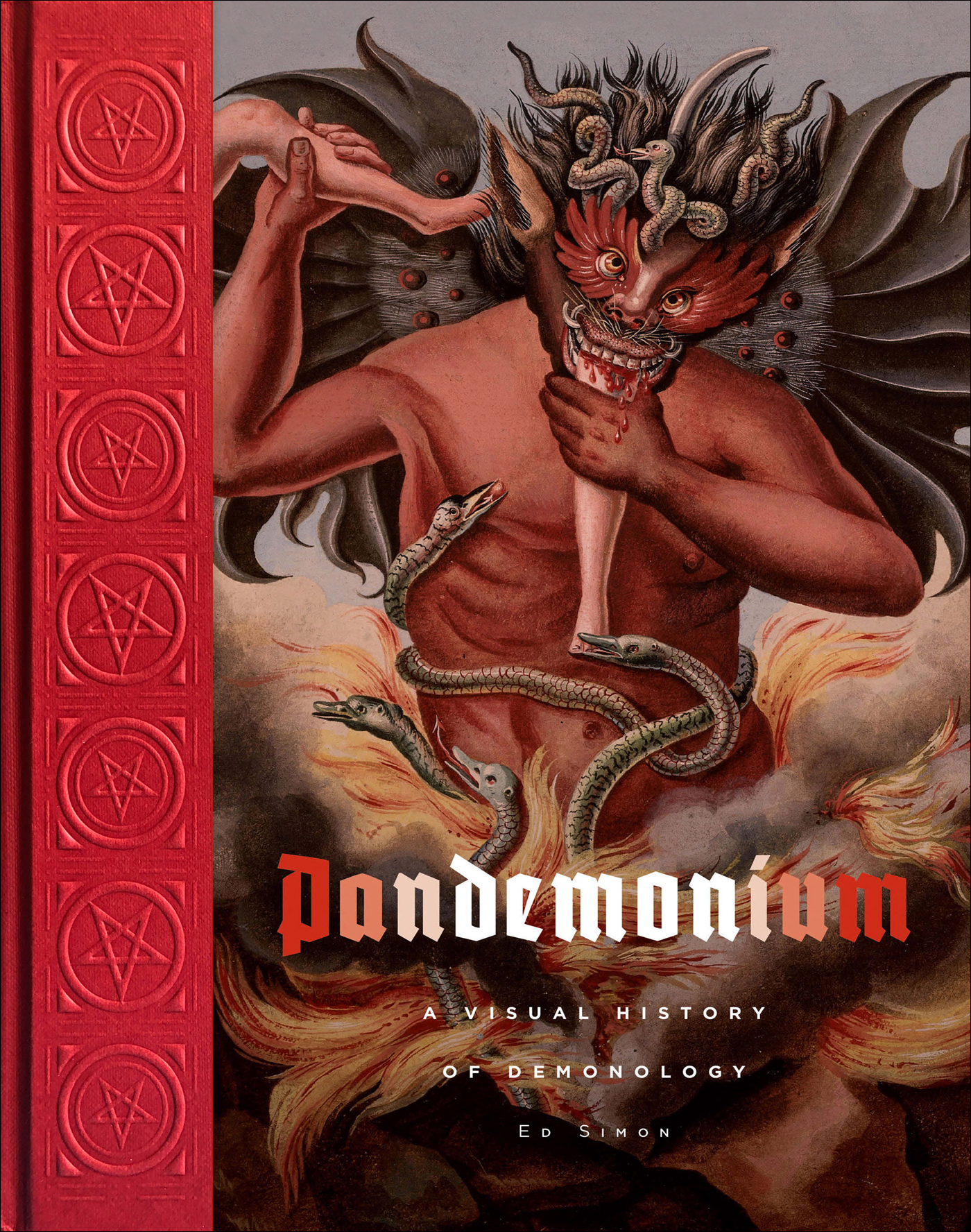If I exorcise my devils, Well my angels may leave too.

The demonic figure in Polish artist Zdzislaw Beksiskis untitled 1984 painting, held by the Historical Museum in Sanok, Poland, wears a ruffled Renaissance collar and stares out from eyeless sockets. He is an eternal creature who exists where past, present, and future all collapse into a hellish singularity.
That The Necronomicon doesnt actually exist, that it never existed and was only born from the fevered nightmares of Lovecraft, is no impediment to such a fear as I feltin fact, the books nonexistence was paradoxically the cause of my anxiety. As with so many of our contemporary fabulisms, my paroxysm of terror was facilitated by modern technology, for the reason that I came to (briefly) fear that I had somehow broken beyond the bounds of time and space and authored The Necronomicon was because of a certain website named after a tropical rainforest. It was a little more than a decade ago when, bleary-eyed and under-caffeinated, I decided to see if there were any listings for The Necronomicon on said website. Despite the fictionality of the grimoire, any number of editions have been published that claimed to be the real Necronomicon, based on some ancient Babylonian or Assyrian text. On the off chance that such a claim wasnt mere grift, I thought it prudent to grab my own copy of one of these editions (as one does). And so I typed The Necronomicon into the search window. For a second, when I saw my own name, I thought that I had accidentally signed into my personal account, only to discover that the listed author of The Necronomicon was Ed Simon. Sweaty-palmed and with racing heart, I checked to see if this was some sort of algorithmic error, if I was accidentally listed as the author of Pride and Prejudice and Moby Dick as well, perhaps some wayward bit of code that reinscribed customers names over those of the women and men who rightfully wrote those books. But no, I was completely signed out of my own account, and there on my screen, for anyone looking to purchase a copy of The Necronomicon, my own name was listed as the author of whats supposedly the evilest book ever written.
As it turns out, of course, I wasnt the author of that particular edition of The Necronomicon. Several incarnations of Lovecrafts imagined book have been published; in 1973, the science-fiction writer L. Sprague de Camp wrote the introduction to a limited-edition book with that title, which was inscribed in an undecipherable fictional language and released by an obscure press; George Hay penned a hoax version of The Necronomicon in 1978; and the Canadian occultist Donald Tyson compiled his own version in 2004, borrowing copiously from Lovecrafts writing for the book. The so-called Simon Necronomicon is by far the most popular book with that title, having sold eight hundred thousand copies, even though it bears little resemblance to the supposed contents of the grimoire as enumerated by Lovecraft, and seems to largely draw upon ancient Sumerian mythology (its presss claim that it was potentially, the most dangerous Black Book known to the Western world undoubtedly helped to move product as well).
Written as though it were a translation of a collection of genuine Mesopotamian incantations and conjurations, the Simon Necronomicon is situated within a frame tale wherein its claimed that the grimoire was an ancient text known to Lovecraft, and that following the spells within the text (some of which demand human sacrifice) has the power to unleash dangerous forces. As to the identity of the editor, there have been various hypotheses as to who this pseudonymous Simon is, none of whom are me. And, it should be noted, that despite the author being frequently listed at several sites as Ed Simon, the given name there seems to stand not for Edward, but rather Editor, though this hasnt stopped several gothic-inclined adolescent fans of the edition to make the same mistake that I did, and occasionally send me emails thanking me for editing the translation.
I share this anecdote with you not as a parable that gives a clear-cut lesson about demonology, but because I wish to convey a bit of what I fell for in that strange instant in which I genuinely wondered whether or not that cursed book with my name on the cover was actually somehow written by me. Think of it as the cracked numinous, the uncanny sense wherein, according to all those accurate clichs that describe fear, our skin crawls and our hair stands on end. If The Necronomicon is supposed to be a book that reveals the horror which exists deep within reality, the actual terrifying nature of existence that we veil behind our hypocritical pieties and our jaundiced optimism, then for a few minutes I felt like I was seeing that nature laid bare, as if I could approach the demonic singularity that radiates out such malignance through every crevice of our damned lives. As an aesthetic experience, there is something of the sublime in those instants of cosmic horror, and while Im too cheery to think that emotion is the final word on existence, Im also enough of a realist to know that there is something of the demonic within the core of our universe, and occasionally youre unfortunate enough to glance at it and see its warped smile and red eyes looking back at you from the depthless blackness of the abyss.
When I reveal that Im writing a book about demonology, Im invariably asked if I believe that demons are actually real. Of course, I dont think that demons are actually real,

